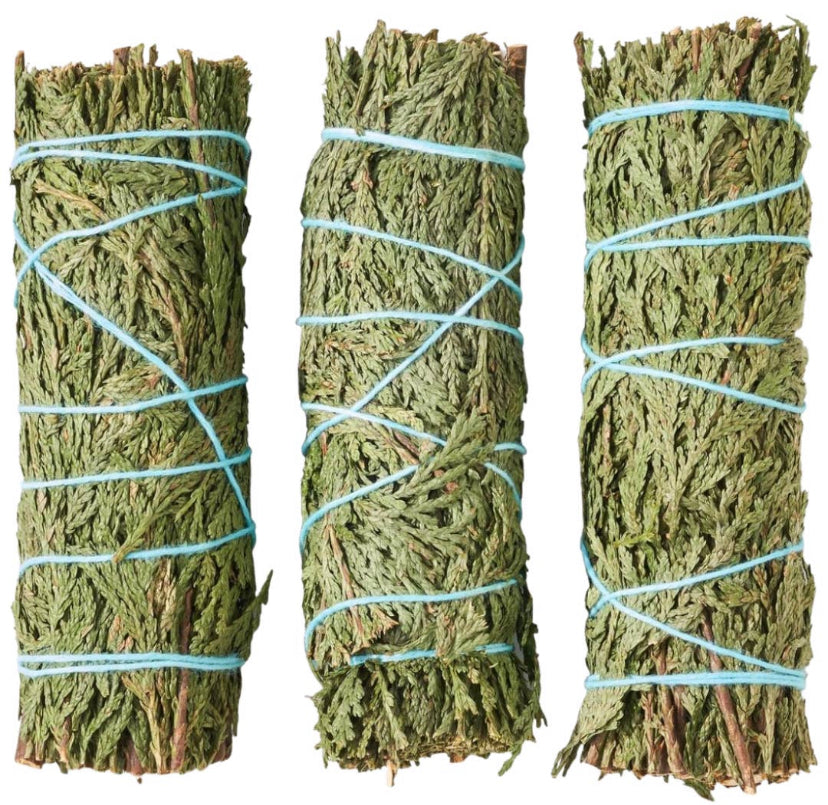Sage is an aromatic herb that has been used for centuries in cooking and as a natural remedy for a variety of health concerns. The leaves of the sage plant are grey-green in color and have a soft, velvety texture. They have a strong, pungent, and slightly bitter flavor that is often described as earthy or musky.
Sage is native to the Mediterranean region and has a long history of use in traditional medicine. It is believed to have antibacterial, anti-inflammatory, and antioxidant properties and has been used to treat a variety of ailments, including digestive issues, respiratory problems, and skin conditions. Sage is also thought to have cognitive-enhancing effects and has been used to improve memory and cognitive function in older adults.
"Sage is believed to have antibacterial, anti-inflammatory, and antioxidant properties"
In cooking, sage is often used to flavor a variety of dishes, including meats, sauces, and stuffings. It is particularly popular in Italian, French, and American cuisine and is a key ingredient in many traditional dishes, such as sage and onion stuffing and sausage and sage pasta. Sage is also used to make a variety of herbal teas and infusions, which are believed to have a soothing and calming effect.
"Sage is often used to flavor a variety of dishes, including meats, sauces, and stuffings."
In addition to its culinary and medicinal uses, sage is also used in a variety of cultural and spiritual practices. In many indigenous cultures, sage is considered a sacred herb and is used in rituals and ceremonies to purify and protect against negative energy. Sage is also believed to have spiritual properties and is sometimes used to enhance intuition and connect with the spirit world.
"Sage...is used in rituals and ceremonies to purify and protect against negative energy."
There are several different types of sage, including common sage (Salvia officinalis), purple sage (Salvia officinalis 'Purpurascens'), and pineapple sage (Salvia elegans). Each type of sage has its own unique flavor and aroma, and they can be used interchangeably in cooking. However, it is important to note that sage can be quite potent and a little goes a long way. It is best to use it sparingly in order to avoid overpowering the flavor of a dish.

Sage is generally considered safe when consumed in small amounts, but it can cause side effects in some people, including allergic reactions and digestive upset. It is also not recommended for women who are pregnant or breastfeeding, as it may have an effect on hormone levels. It is always best to consult with a healthcare provider before using sage as a natural remedy.
"Sage is generally considered safe when consumed in small amounts,"
In conclusion, sage is a versatile and aromatic herb that has a long history of use in cooking and traditional medicine. It has a strong, pungent flavor and is believed to have a variety of health benefits, including antibacterial, anti-inflammatory, and antioxidant properties. Sage is also used in a variety of cultural and spiritual practices and is believed to have spiritual properties. However, it is important to use sage in moderation and to consult with a healthcare provider





